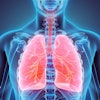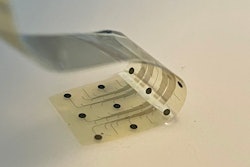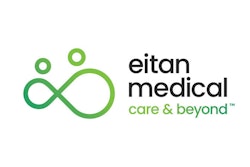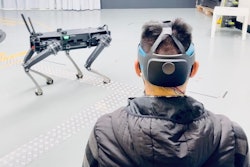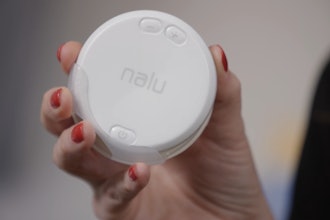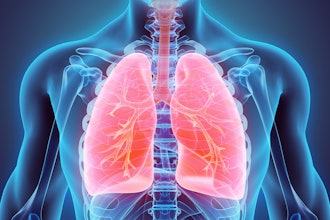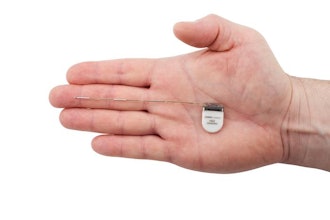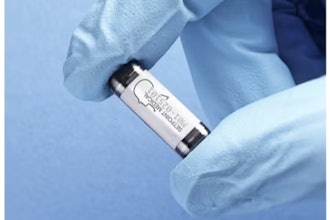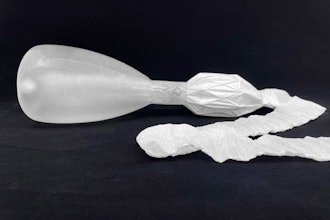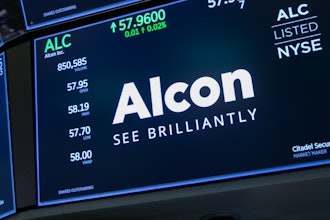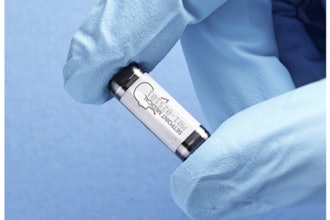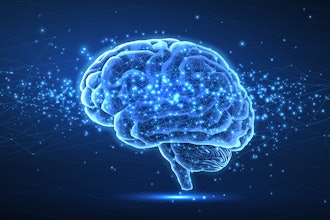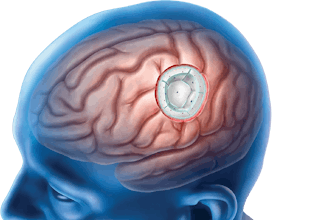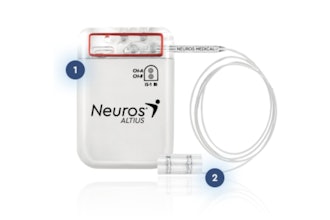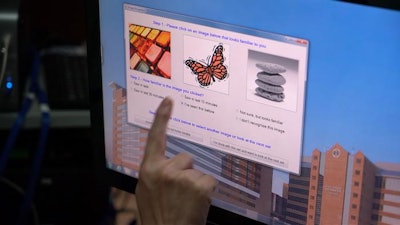
WINSTON-SALEM, N.C. – Feb. 13, 2024 – A team of scientists from Wake Forest University School of Medicine and the University of Southern California (USC) have demonstrated the first successful use of a neural prosthetic device to recall specific memories.
The findings appear online in Frontiers in Computational Neuroscience.
This groundbreaking research was derived from the Wake Forest and USC team’s 2018 study led by Robert Hampson, Ph.D., professor of regenerative medicine, translational neuroscience and neurology at Wake Forest University School of Medicine, that showed the successful implementation of a prosthetic system that uses a person’s own memory patterns to facilitate the brain’s ability to encode and recall memory.
In the previous study, the team’s electronic prosthetic system was based on a multi-input multi-output (MIMO) nonlinear mathematical model, and the researchers influenced the firing patterns of multiple neurons in the hippocampus, a part of the brain involved in making new memories.
In this study, researchers built a new model of processes that assists the hippocampus in helping people remember specific information. When the brain tries to store or recall information such as, “I turned off the stove” or “Where did I put my car keys?” groups of cells work together in neural ensembles that activate so that the information is stored or recalled. Using recordings of the activity of these brain cells, the researchers created a memory decoding model (MDM) which let them decode what neural activity is used to store different pieces of specific information. The neural activity decoded by the MDM was then used to create a pattern, or code, which was used to apply neurostimulation to the hippocampus when the brain was trying to store that information.
“Here, we not only highlight an innovative technique for neurostimulation to enhance memory, but we also demonstrate that stimulating memory isn’t just limited to a general approach but can also be applied to specific information that is critical to a person,” said Brent Roeder, Ph.D., a research fellow in the department of translational neuroscience at Wake Forest University School of Medicine and the study’s corresponding author.
The team enrolled 14 adults with epilepsy who were participating in a diagnostic brain-mapping procedure that used surgically implanted electrodes placed in various parts of the brain to pinpoint the origin of their seizures. Participants underwent all surgical procedures, post-operative monitoring and neurocognitive testing at one of the three sites participating in this study including Atrium Health Wake Forest Baptist Medical Center, Keck Hospital of USC in Los Angeles and Rancho Los Amigo National Rehabilitation Center in Downey, California.
The team delivered MDM electrical stimulation during visual recognition memory tasks to see if the stimulation could help people remember images better. They found that when they used this electrical stimulation, there were significant changes in how well people remembered things. In about 22% of cases, there was a noticeable difference in performance.
When they looked specifically at participants with impaired memory function, who were given the stimulation on both sides of their brain, almost 40% of them showed significant changes in memory performance.
“Our goal is to create an intervention that can restore memory function that’s lost because of Alzheimer’s disease, stroke or head injury,” Roeder said. “We found the most pronounced change occurred in people who had impaired memory.”
Roeder said he hopes the technology can be refined to help people live independently by helping them recall critical information such as whether medication has been taken or whether a door is locked.
“While much more research is needed, we know that MDM-based stimulation has the potential to be used to significantly modify memory,” Roeder said.
This research is built on more than 20 years of preclinical research on memory codes led by Sam Deadwyler, Ph.D., emeritus professor of physiology and pharmacology at Wake Forest University School of Medicine, along with Hampson (now a member of the Wake Forest Institute of Regenerative Medicine), and the USC team led by biomedical engineers Theodore Berger, Ph.D., and Dong Song, Ph.D.
The preclinical work applied the same type of stimulation to restore and facilitate memory in animal models using the MIMO system, which was developed at USC.
The research was funded by the U.S. Defense Advanced Research Projects Agency (DARPA).



